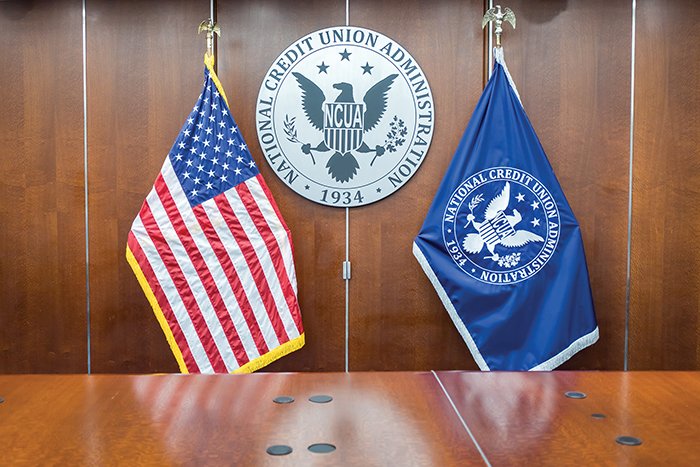NEW YORK -- A survey of debit card issuing and use has found that rewards programs on debit cards, once a rarity, have become more widespread, but that they remain less robust than rewards programs on credit cards.
Bankrate.com, an Internet site that tracks card trends and their impacts on consumers, conducted the survey. Bankrate researchers surveyed the ten largest banks and thrifts in ten top markets and gathered their check card policies and fees.
The survey attributed the rise in debit rewards programs somewhat to the rise of what it called Generation P or Generation Plastic, the young people who are most attuned to the use of cards as primary payment vehicles.
Over 60% of the people 18-25 which have been surveyed reported using their debit cards for everything from digital content online to vending machine goods, parking services and newspapers and magazines.
Bankrate also noted that Ronald Congemi, the head of card processor First Data, told a Federal Reserve meeting in Philadelphia last year that debit card usage "cuts across all age and income demographics" and has made inroads even among seniors, the group previously considered to be likely the most resistant.
Rewards programs on debit cards have played a role in the expansion of the debit card by giving consumers still another reason to pull out their debit cards rather than bother getting cash, the survey said.
But while debit card rewards programs have grown sharply--14 out of Visa USA's top 15 debit card issuers now offer a debit rewards program--the programs still differ widely.
The survey used as examples the Citi ThankYou program that awards one point for every $3 using a PIN and one point for every $2 spent for a signature transaction, while the ThankYou program with the Citi Diamond Preferred Rewards Card gives five points for every dollar spent at grocery stores, gas stations and drugstores, and one point per dollar at every other type of retailer, including online and phone purchases.
Another bank program, Comerica Bank's World Perks travel rewards program has two tiers: For a $20 annual fee, cardholders earn one mile for every $2 spent, and for $55 annually, they earn one mile per dollar spent, the survey reported, arguing that it is essential for consumers to shop around and compare rewards programs, and evaluate how to use them.
"Credit card reward programs only work if you use the rewards and pay off the balance every month," said Greg McBride, an analyst for Bankrate. "If you do pay off your balance every month, you have no need to use a debit card. You can use the issuer's money until the bill comes and keep your own cash in an interest-earning account."
With most check cards, points are earned only on signature purchases and aren't earned in specific cases including ATM withdrawals, balance transfers or payments made to prepaid or reloadable cards." [email protected]
© Touchpoint Markets, All Rights Reserved. Request academic re-use from www.copyright.com. All other uses, submit a request to [email protected]. For more inforrmation visit Asset & Logo Licensing.






